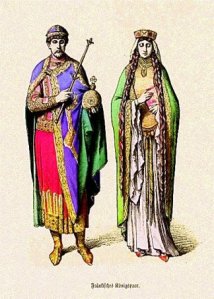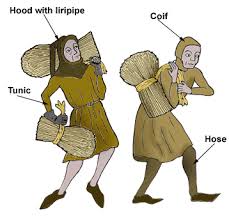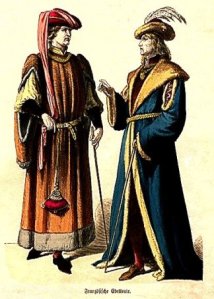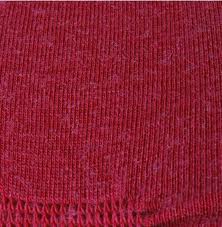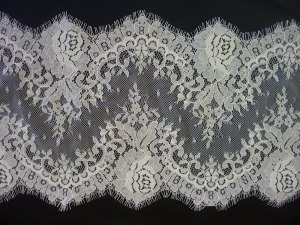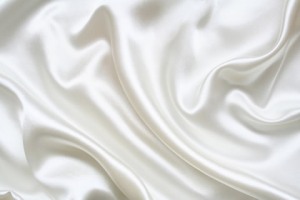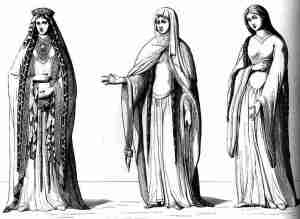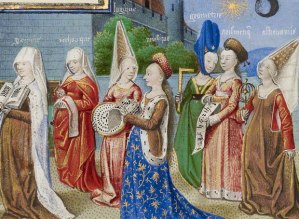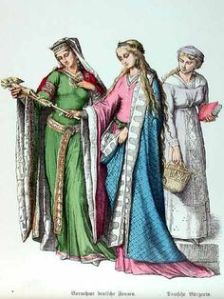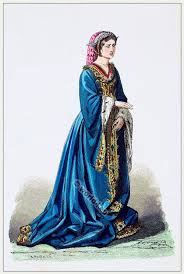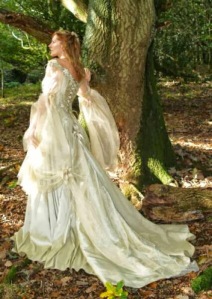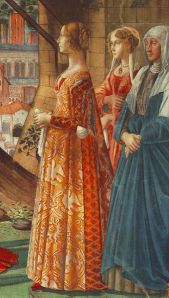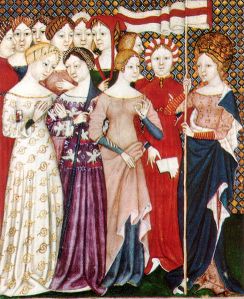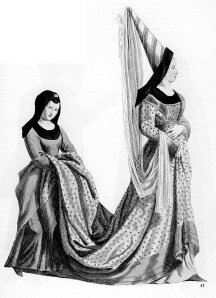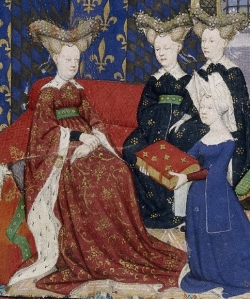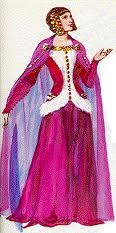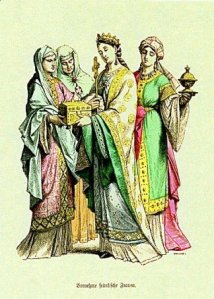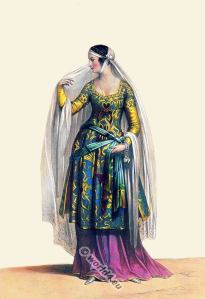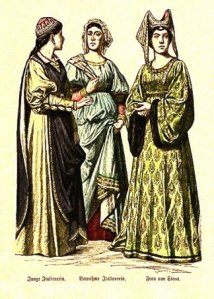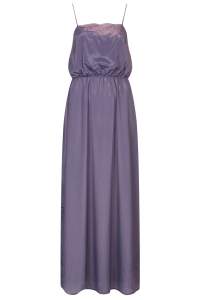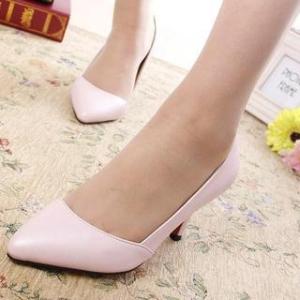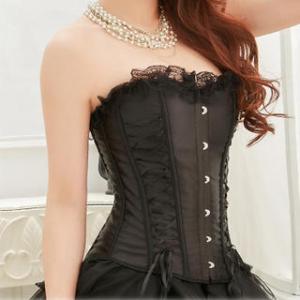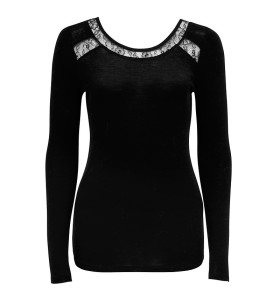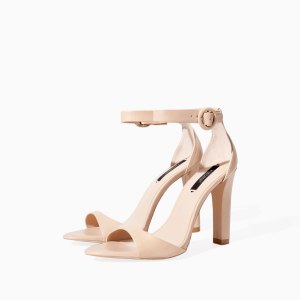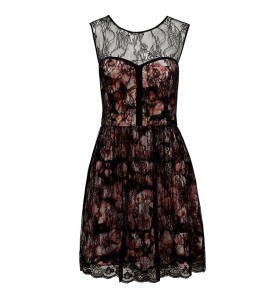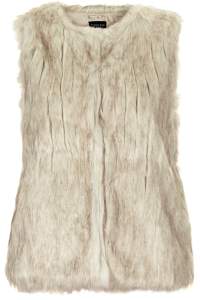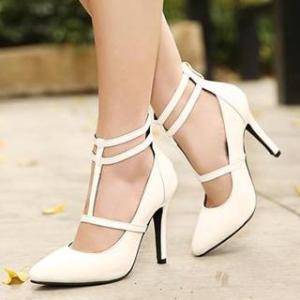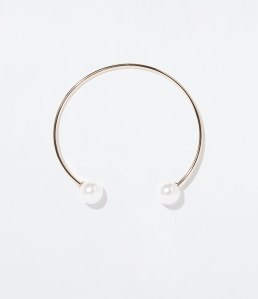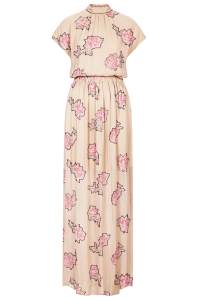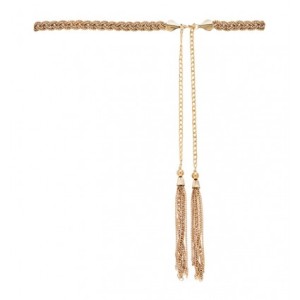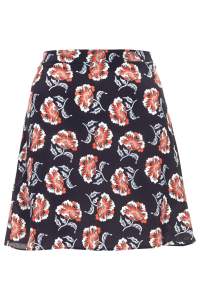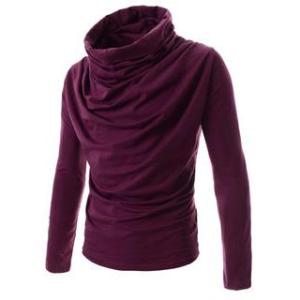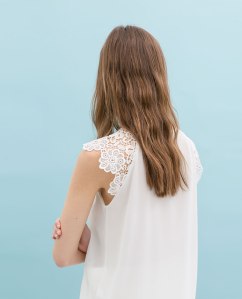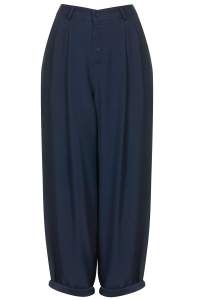By Katie and Duyen 8CP
The Middle Ages was under something called ‘Feudalism,’ where peasants had an obligation to work under their lords’ manors in exchange for certainty of safety and shelter. Like most items in the medieval time, fashion was used by people based on their social statuses in the feudal system. Fashion made a clear distinction between the different levels of the medieval social hierarchy; in a way, fashion had a significance on the person’s status in the social hierarchy .The nobles wore luxurious materials that felt smooth on their skin, while peasants wore rough materials as they worked hard in the lord’s manor.
The Social Hierarchy and the Fashion
Everyone had to wear clothes of course but this is mainly focused on the main social groups of the feudal system
Kings were in charge of a large area of the land/country; he gave a piece of land (fief) to some of the nobles (vassals) in exchange for their services. The King’s fashion also influenced what the other people in his country wore. His clothes were luxurious, colourful and highly embellished with precious stones.
Nobles were granted portions of land from the king in exchange for their loyalty and protection for the king. Being part of this class means that the fashion is also luxurious and noble-like.
Peasants were the ones who worked hard in the lord’s manor in order to have protection from the Barbarians. Their fashion was very basic and appropriate to work in. However, there is a misbelief, peasants do wear colourful garments and not dull brown sacks that people commonly think of. Their clothes may wear off to the point that it looks brown and old but they do wear colourful garments.
Fabric and Embellishments
The material of the garment also separated the nobles and the peasants:
Silk was considered sumptuous to medieval Europeans; it was the most luxurious fabric. So wearing silk gave a clear sign that the person is the upper class. Only the upper classes (kings, queens, nobles, et cetera) and the Church could possibly wear it since silk was really expensive. Silk was not only beautiful but also had useful characteristics to it: lightweight but strong, is soil-resistance, has outstanding dyeing trait and gives coolness in summer when worn.
Wool was a typical material in the Middle Ages that everyone could afford. Wool could be extremely heavy and warm; colour dyes were effective when it comes to wool. Sheep were the most commonly raised animal for wool in the Middle Ages. Wool was quite useful for textile in the Medieval time; from blankets to undergarments.
Fur, lace and precious stones were mostly added on garments for the fine details. The upper classes’ clothes were always embellished to show their wealth.
Medieval Lady’s Fashion Timeline
900-1000
- Fashion was inspired by the classical pieces of Greek and Roman women
- Tight clothing to emphasise the elegance of their figures
- Clothing were high to cover necks
- Long tunics that touched the heels were worn
- Veils or draperies were worn; it covered their necks
- Queens, princesses and noblewomen wore a long cloak with ermine lining for extra elegance
1000-1100
- Two tunics
- Sleeves were tight on the wrist
- Borders were lined with embroidered bands
- A waistband was used to define the waist
- Long veil that covered all their hair
1100-1200
- Linen cap with lappet which touched the shoulders
- A tight gown that had a round buckle to fasten it up and two strings of stuffing forming a necklace, was worn
- Pointed shoes started to become a trend
- Surcoats were initially worn by women but eventually became a unisex garment. They were first made with sleeves but then modified to being sleeveless
Surcoat
1200-1300
- To show wealth, gold, silver and a variety of precious stones were embellished on the garments
- Gown with tight bodices were always a trend
- Over the plain gown was a highly decorated jacket that reaches the hip; contrast in fashion
- Hair often braided on each side of their faces for an elegant and feminine look
- Long pointed shoes were in
1300-1400
- Surcoats were still part of the wealthy fashion; they also became longer
- Plain basic gowns were always compulsory in these medieval women’s wardrobes
- External corsets were eventually invented; materials used depended on the season: silk for summer and fur in winter; these corsets were also lined with elegant lace
- Hair was preferably kept back with a net made out of silk. Hats were structured using wires and possibly covered with laced-trimmed light fabric. Artificial hair was worn with confidence by these wealthy ladies
1400-1500
- ‘Full’ or ‘puffy’ dresses were what this period of time was all about. Tight gowns were put back into their wardrobes, letting the garment sit there in dust
- High necks were cut down to V-necks showing these ladies’ sculpted collarbones and letting necklaces make their statements
- Trains (a train is a long back part of a dress that trails behind) were attached to their dresses; later shortened. According to the chronicler Monstrelet in the year 1487, women stopped wearing trains
- Ladies wore head-dresses with very large rolls, topped by a high conical bonnet
- Ruffs and small collars were introduced by Catherine de Medici
Medieval Look Book
Outfits you can wear everyday for a Medieval feeling
These outfits are not medieval costumes but just modern and medieval style incorporated together so you can feel like a citizen of the Middle Ages wearing modern clothes. These outfits have features of what medieval ladies would like to wear.
Outfit 1:
Outfit 2:
Outfit 3:
Outfit 4:
Outfit 5:
- If you want to go for the ‘peasant’ look, you should find any worn out and dull clothes you have in the house and just wear it. You can go to thrift shops because they have plenty of cheap clothes. You can always soften the harshness of the ‘peasant’ style for an everyday look.
Bibliography:
- http://www.learner.org/interactives/middleages/clothing.html 12:14PM, 10 April
- http://www.lordsandladies.org/medieval-womens-clothing.htm 12:20PM, 10 April
- http://www.citelighter.com/film-media/fashion/knowledgecards/womens-fashions-of-the-medieval-era 1:00PM, 11 April
- http://en.wikipedia.org/wiki/1400%E2%80%931500_in_European_fashion 1:23PM, 11 April
- http://www.lscacamp.org/Portals/0/Medieval%20People.pdf 12:17PM, 21 April
- http://www.lordsandladies.org/feudalism-pyramid.htm 12:45PM, 21 April
- http://historymedren.about.com/od/clothingandfabric/a/silk.htm 1:32PM, 21 April
- http://historymedren.about.com/od/clothingandfabric/a/wool.htm 2:05PM, 21 April
